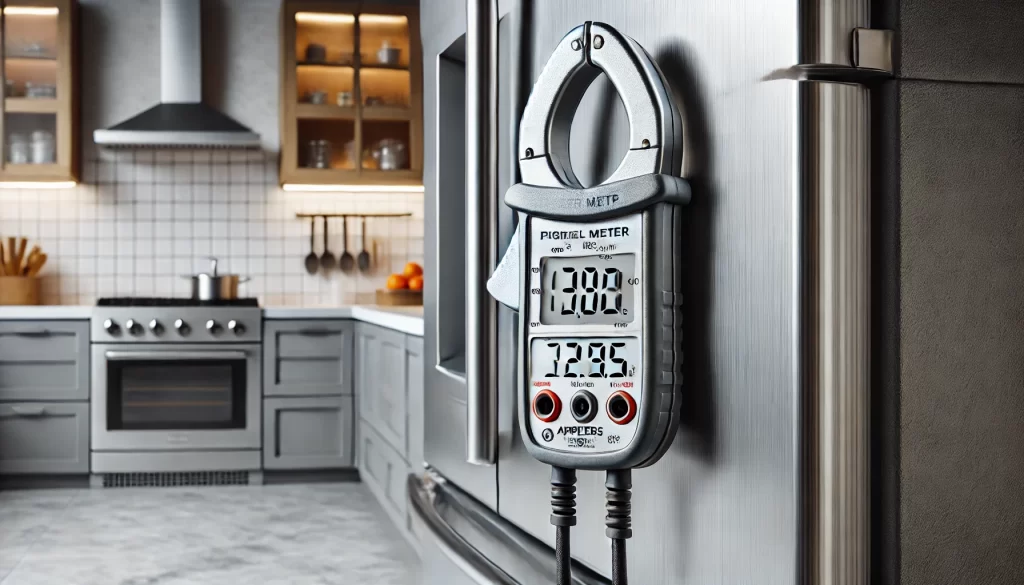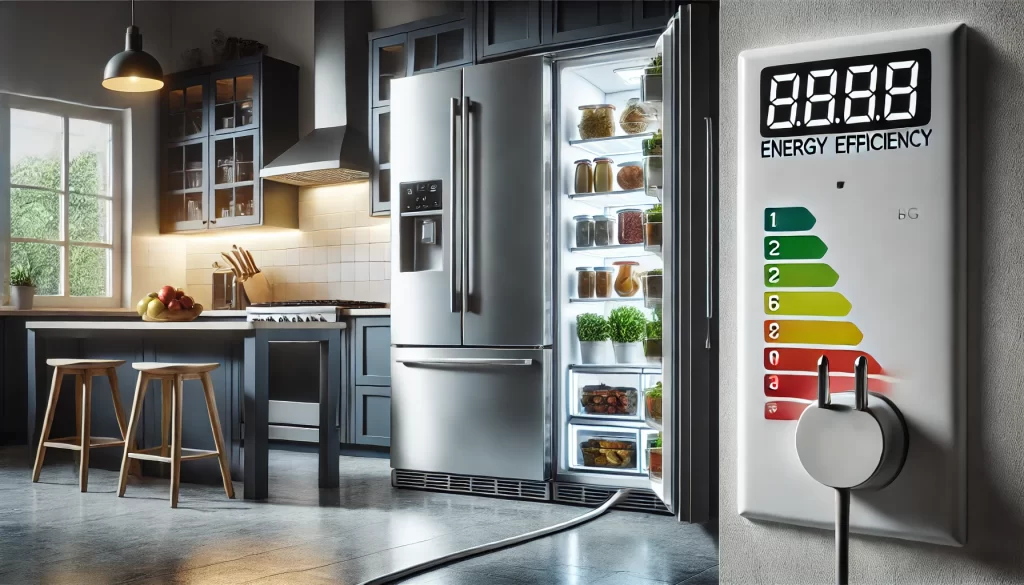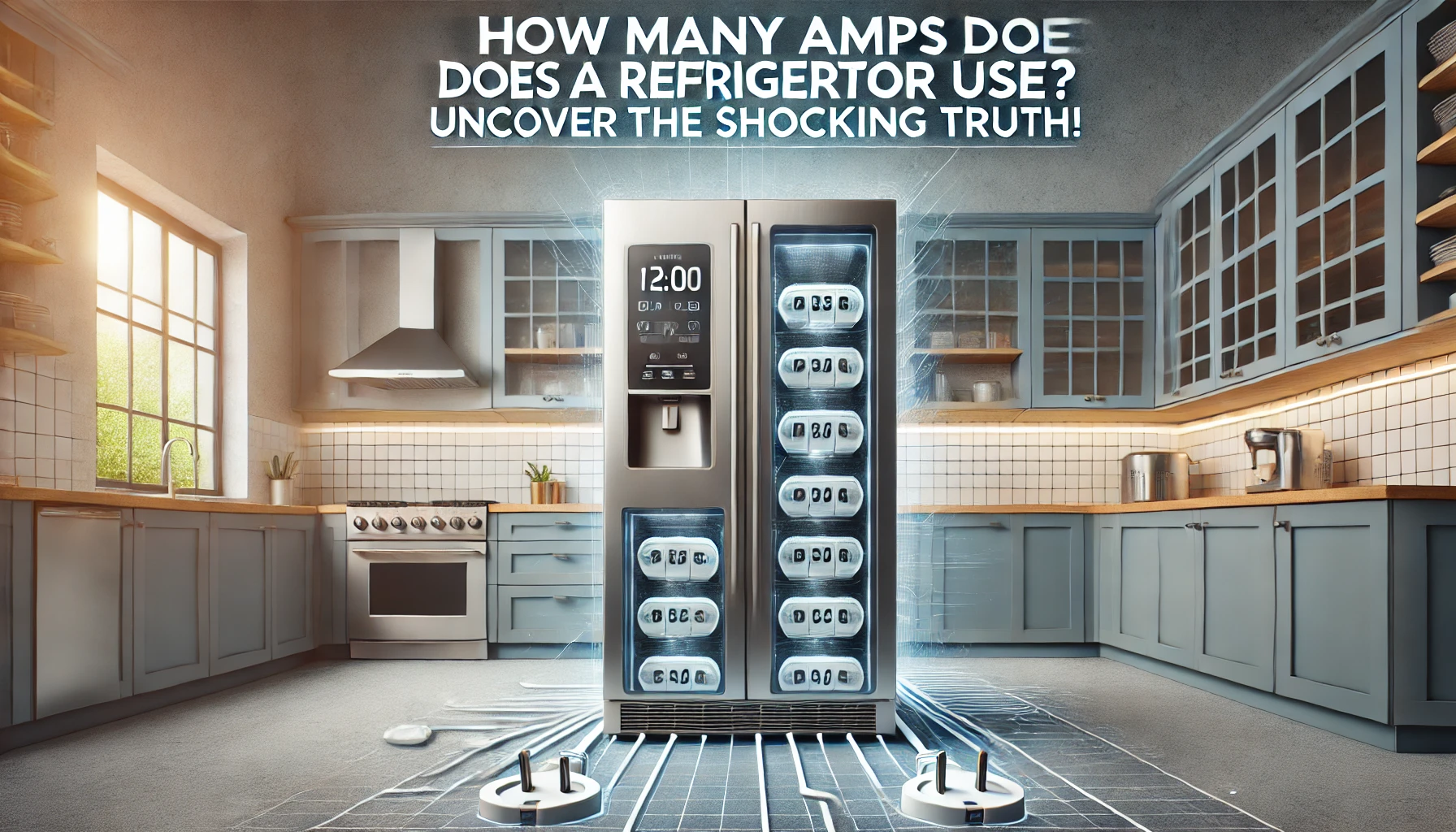Table of Contents
When it comes to understanding the energy usage of your home appliances, one of the most common questions is, “How Many Amps Does a Refrigerator Use?” This isn’t just a question for the tech-savvy; it’s something every homeowner should know. Whether you’re concerned about energy efficiency or planning your home’s electrical layout, knowing how many amps a refrigerator uses is essential. In this article, we’ll uncover the shocking truth about how many amps does a refrigerator use, how it impacts your electricity bill, and what you can do to ensure your fridge runs efficiently.
What Is an Amp, and Why Does It Matter?

Before diving into how many amps a refrigerator uses, it’s crucial to understand what an amp is. An ampere, or amp for short, is a unit of electric current. In simple terms, it measures how much electricity flows through a circuit. Knowing how many amps your refrigerator uses helps you manage your household’s electrical load more effectively.
Understanding amps is important to prevent overloading your circuits, which can lead to blown fuses or tripped breakers. By knowing how many amps a refrigerator uses, you can ensure your electrical system is adequate or if upgrades are necessary.
How Many Amps Does a Typical Refrigerator Use?

So, how many amps does a refrigerator use? On average, a standard household refrigerator uses between 3 to 6 amps when it’s running. However, this number can vary based on the size, model, and age of the refrigerator.
Factors That Affect Refrigerator Amperage
- Size of the Refrigerator: Larger refrigerators naturally use more amps. A compact refrigerator may use around 1 to 2 amps, while a larger model might use up to 7 amps or more.
- Model and Age: Newer refrigerators are designed to be more energy-efficient, often using fewer amps than older models. However, certain high-end models with additional features like ice makers or water dispensers might use more amps.
- Running vs. Starting Amps: It’s important to note that refrigerators use more amps when they start up. This surge can be as much as 2 to 3 times higher than the running amps. For instance, a refrigerator that uses 5 amps when running might use 10 to 15 amps at startup.
Why Knowing Your Refrigerator’s Amperage Is Important
Knowing how many amps your refrigerator uses can help you in several ways. First, it can assist in planning your home’s electrical needs, ensuring that you don’t overload circuits. It can also help you understand your electricity bill better, as the refrigerator is one of the biggest energy consumers in most homes.
Electrical Circuit Requirements
To ensure safety, refrigerators should be plugged into a dedicated 15 or 20-amp circuit. This means the refrigerator’s circuit isn’t shared with other appliances or lights, which could cause overloads and potentially dangerous situations.
Energy Efficiency and Cost Savings
If your refrigerator uses a lot of amps, it’s likely consuming more electricity, leading to higher energy bills. By understanding how many amps a refrigerator uses, you can make informed decisions, like upgrading to a more energy-efficient model or adjusting your usage habits.
How to Measure Your Refrigerator’s Amps
If you’re curious about how many amps your refrigerator uses, you can measure it yourself with a clamp meter or a plug-in energy monitor. These tools are easy to use and provide real-time data on your refrigerator’s energy usage.
Using a Clamp Meter
A clamp meter measures the current flowing through the electrical circuit without needing to disconnect any wires. Simply clamp it around the refrigerator’s power cord to get a reading of how many amps your refrigerator uses.
Using a Plug-in Energy Monitor
A plug-in energy monitor is even simpler. Plug the monitor into the outlet, then plug your refrigerator into the monitor. It will display how many amps your refrigerator is using in real time.
Also Read: How Much Does a Round Bale of Hay Weigh? Uncover the Shocking Truth!
Tips for Reducing Your Refrigerator’s Amperage
Reducing the number of amps your refrigerator uses not only helps lower your electricity bill but also extends the life of your appliance. Here are some practical tips to achieve this:
- Keep the Coils Clean: Dirty condenser coils force the refrigerator to work harder, thus using more amps. Cleaning them regularly can improve efficiency.
- Check the Door Seals: If the seals on your refrigerator door are worn out, cold air escapes, making the fridge work harder and use more electricity. Replace any damaged seals to keep your refrigerator running efficiently.
- Avoid Overstuffing: A full refrigerator runs more efficiently, but overstuffing can block air vents, causing the appliance to use more amps to keep everything cool. Ensure proper airflow inside your refrigerator.
- Set the Right Temperature: Setting your refrigerator to the right temperature (between 35°F and 38°F) ensures it runs efficiently. Colder settings make the fridge work harder, consuming more amps.
So, how many amps does a refrigerator use? While the answer can vary based on several factors, understanding how many amps your refrigerator uses can help you optimize your home’s electrical efficiency and save money on your energy bills. By following the tips mentioned above and staying aware of your refrigerator’s amperage, you can ensure that your appliance runs efficiently without straining your household’s electrical system.
The question “How Many Amps Does a Refrigerator Use?” is more than just a number—it’s a gateway to understanding how your appliance impacts your home’s overall energy consumption. Keep this information in mind to make informed decisions about your refrigerator and its usage, ultimately leading to a more efficient and cost-effective household.

